The race to OTT
By MYBRANDBOOK
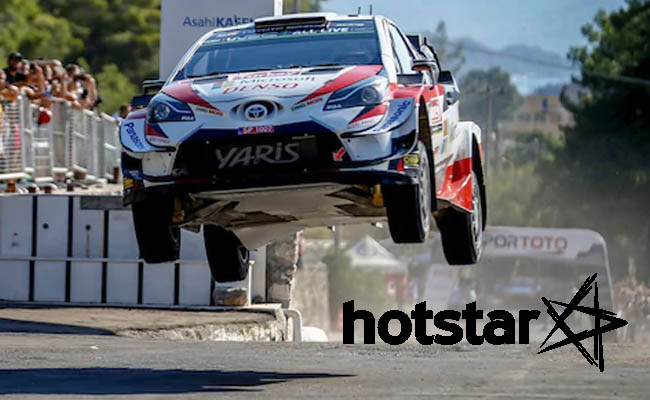
The OTT market is predicted to be worth US$159 billion by 2024, according to Digital TV Research, OTT was on the tip of tongues all around the RAI. What is increasingly apparent is that OTT offerings are no longer an exceptional add-on to an operator’s main service; they are the norm – and those who lack any form of OTT product are going to fall behind in the near future.
“Consumers don’t watch TV like they used to and pay TV operators know it,” “Not only are they watching traditional TV in new ways – multiscreen, multitasking, non-linear – but they are watching OTT content at a growing rate, challenging operators with enabling both in a consistent and easy-to-use way.”
This consumer behaviour has, of course, been shaped and informed by the unprecedented growth of Netflix. With the wealth of options from the so-called ‘big five’– Netflix, Amazon Prime Video, along with the imminently arriving Disney+, Apple TV+ and HBO Max – it is no wonder that a recent study from Roku anticipates that 60 million American households will view video exclusively through streaming in the next five years.
“Right now, there is a land grab for market share. Various researchers say Netflix, Amazon, and Disney+ will make up a minority of the subscriber market share in 2023 with the bulk of the pie split between China and ‘others’,” says Brightcove product marketing manager Lexie Knauer. “The ‘others’ piece is what is at stake.
There is a rush to capture the remaining market share. There are only so many more cords left to be cut, and content distributors need to ensure they have a unique value proposition, whether that’s niche, specialised content, or a superior viewing experience. Otherwise, they won’t survive in the fragmented marketplace, risking churn and abandonment to other services.”
As far as technological partners for OTT development goes, there is no lack of options on the market, with many hawking their wares in the RAI. Each vendor offers differentiated products and provides various degrees of hand-holding, but there are undoubtedly unifying aspects across the market to serve operators’ needs.
“Good-quality E2E solutions should be both flexible and yet should also provide a quicker time to market. In a traditional E2E solution, a great deal of time is unfortunately spent customising the user-interface for deployment, which spoils the benefit of a pre-integrated solution.
While millennials are known in the industry for driving the rate of cord-cutting, generation Z – those born in the late 90s and early 2000s – are likely to be cord-nevers. It will be some time until this latter group becomes the primary purchasing generation globally, but operators must start to plan for a future where the majority have been raised on a steady viewing diet of Snapchat, Netflix and YouTube.
With that OTT market only going to get more congested and contested, time is of the essence. But instead of rushing out a half-baked product, operators need to create a solution for now that can carry them into the future.


Legal Battle Over IT Act Intensifies Amid Musk’s India Plans
The outcome of the legal dispute between X Corp and the Indian government c...

Wipro inks 10-year deal with Phoenix Group's ReAssure UK worth
The agreement, executed through Wipro and its 100% subsidiary,...

Centre announces that DPDP Rules nearing Finalisation by April
The government seeks to refine the rules for robust data protection, ensuri...

Home Ministry cracks down on PoS agents in digital arrest scam
Digital arrest scams are a growing cybercrime where victims are coerced or ...


Icons Of India : RAJENDRA SINGH PAWAR
Rajendra Singh Pawar is the Executive Chairman and Co-Founder of NIIT ...
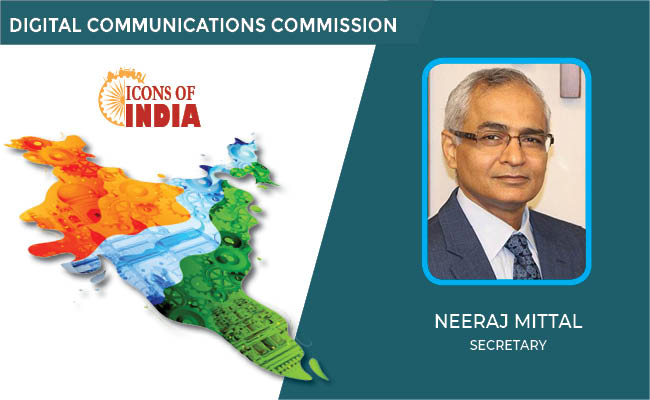
Icons Of India : NEERAJ MITTAL
He started his career as an IAS Officer in 1992. He has held various a...
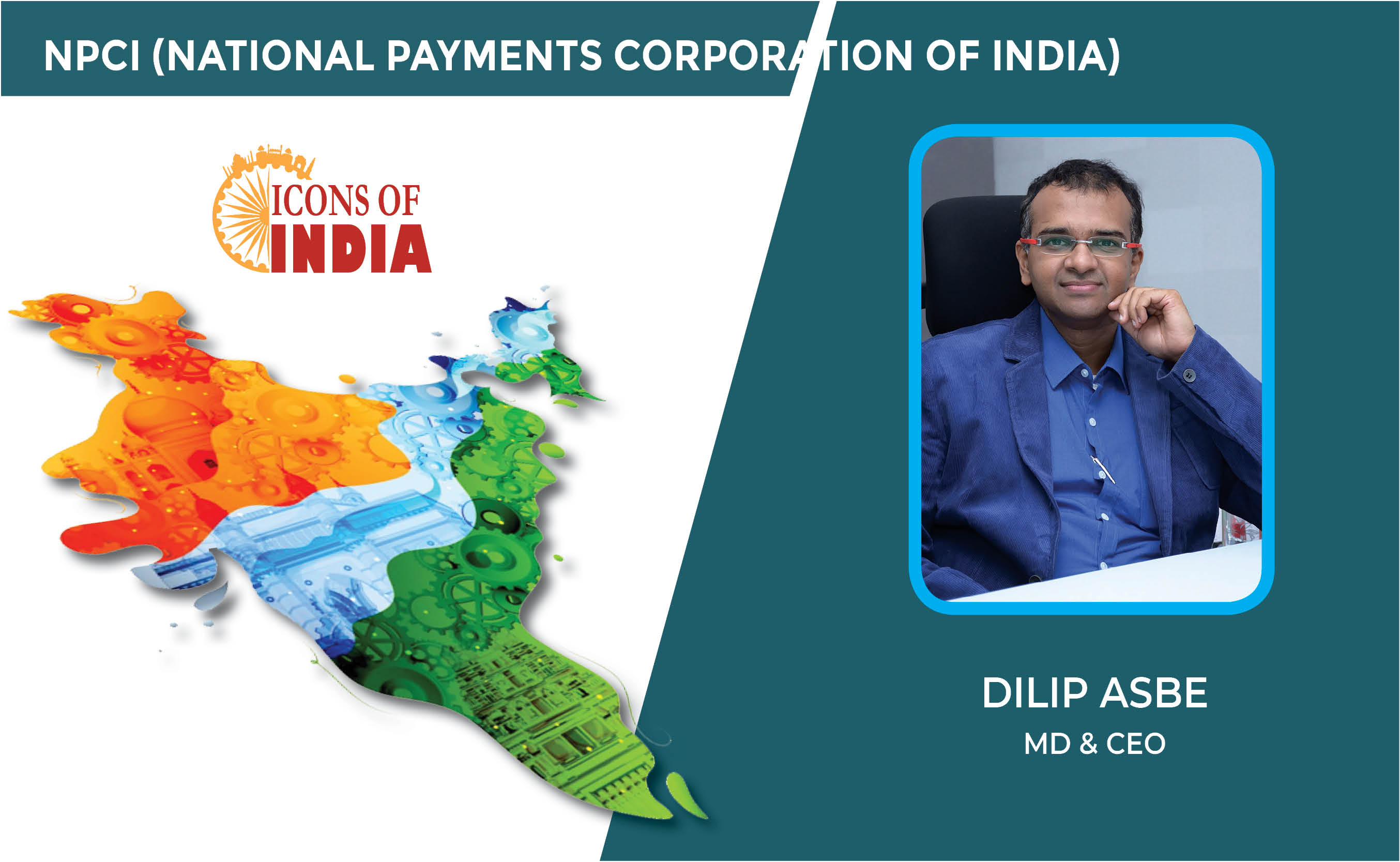
Icons Of India : Dilip Asbe
At present, Dilip Asbe is heading National Payments Corporation of Ind...


CSC - Common Service Centres
CSC initiative in India is a strategic cornerstone of the Digital Indi...
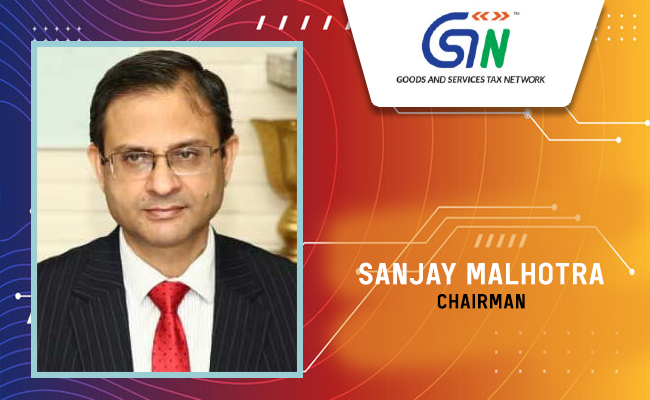
GSTN - Goods and Services Tax Network
GSTN provides shared IT infrastructure and service to both central and...
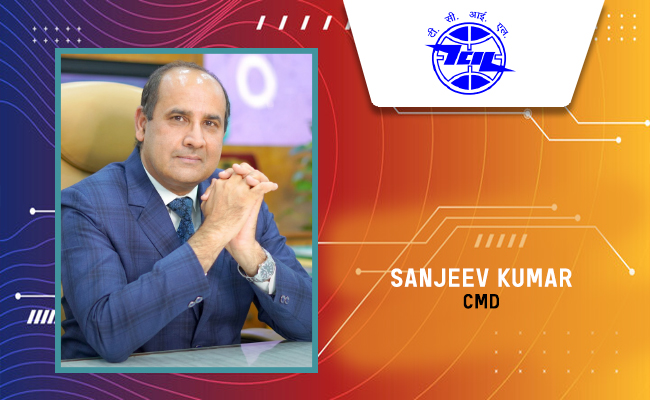
TCIL - Telecommunications Consultants India Limited
TCIL is a government-owned engineering and consultancy company...


Indian Tech Talent Excelling The Tech World - ANJALI SUD, CEO – Tubi
Anjali Sud, the former CEO of Vimeo, now leads Tubi, Fox Corporation�...
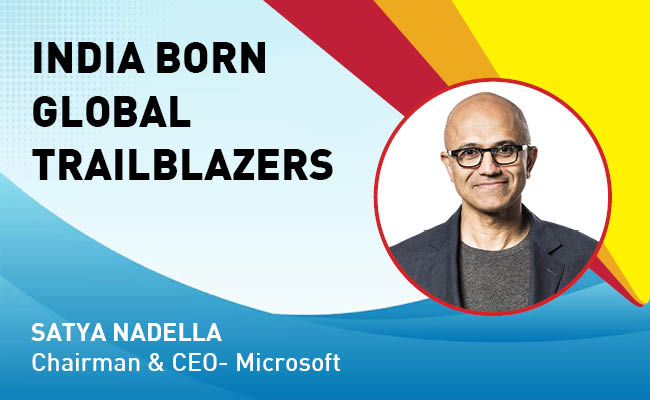
Indian Tech Talent Excelling The Tech World - Satya Nadella, Chairman & CEO- Microsoft
Satya Nadella, the Chairman and CEO of Microsoft, recently emphasized ...
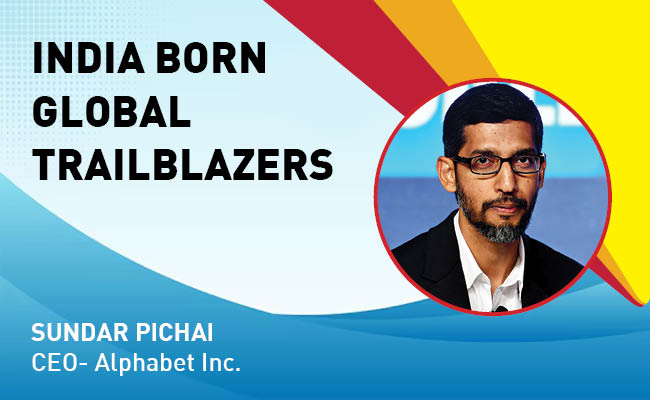
Indian Tech Talent Excelling The Tech World - Sundar Pichai, CEO- Alphabet Inc.
Sundar Pichai, the CEO of Google and its parent company Alphabet Inc.,...
 of images belongs to the respective copyright holders
of images belongs to the respective copyright holders